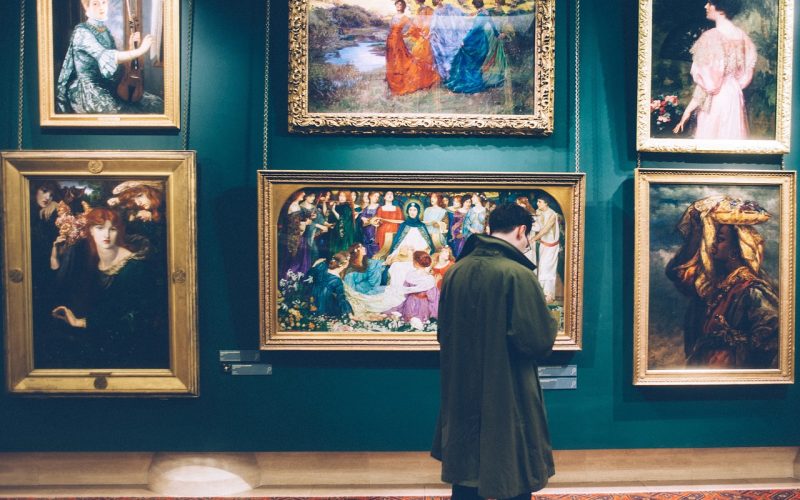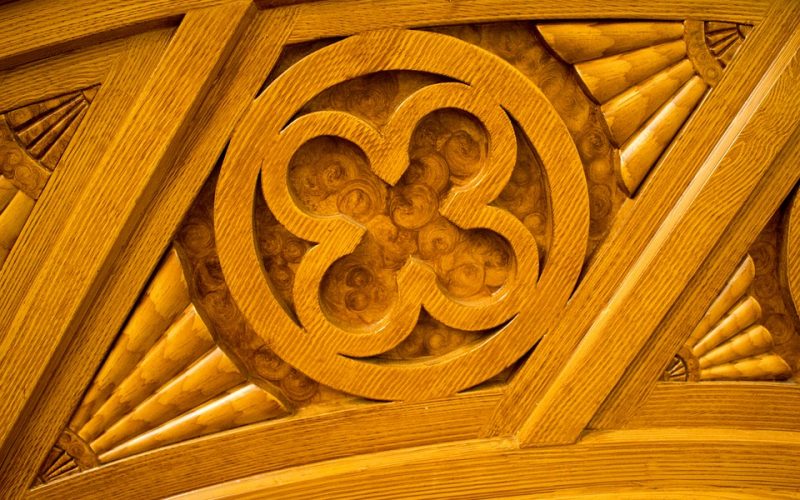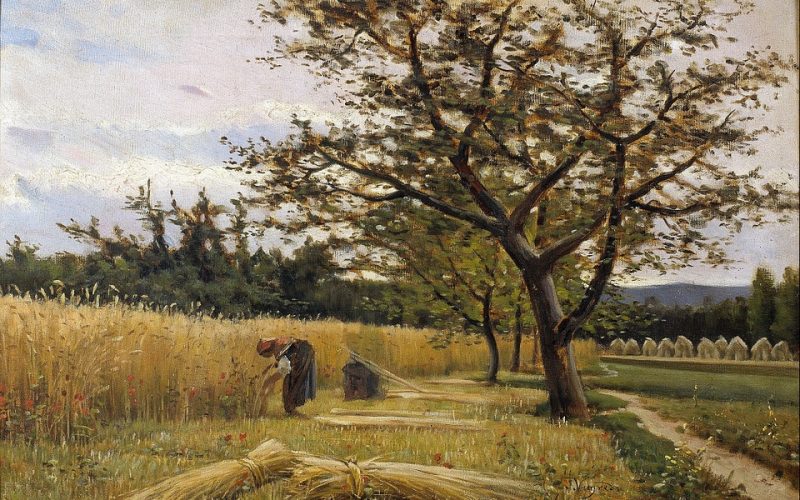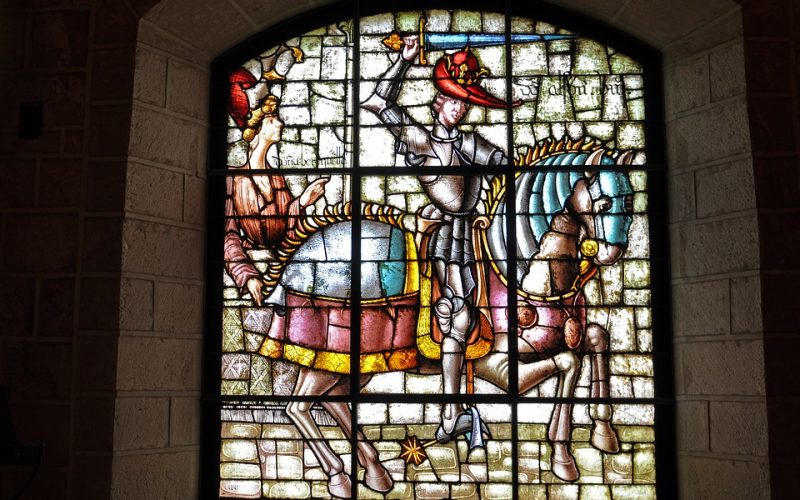Intersection Of Art And Technology
The world of art conservation and restoration has been revolutionised by the rapid development of advanced technologies. This fusion of art and science enables conservators to not only preserve cherished masterpieces for future generations but also to uncover the hidden stories beneath their surfaces. By leveraging cutting-edge tools, professionals in the field can achieve remarkable results in restoring damaged works and ensuring their longevity.
Digital imaging and analysis
One of the most significant advancements in art restoration is the use of digital imaging and analysis. High-resolution photography, 3D scanning, and various spectral imaging techniques have become crucial in the diagnostic process. These technologies allow conservators to examine artworks in minute detail, revealing underlying sketches, identifying previous restoration efforts, and analysing the materials used by the original artist. This non-invasive approach provides valuable insights that inform the restoration process and ensure that interventions are both appropriate and respectful of the original work.
Laser cleaning techniques
Traditional cleaning methods in art restoration often relied on chemical solvents, which could be harsh and potentially damaging to the artwork. However, the advent of laser cleaning techniques has provided a gentler and more precise alternative. Lasers can be finely tuned to remove layers of dirt, grime, or old varnish without affecting the underlying paint. This level of precision allows conservators to meticulously clean artworks, restoring their original vibrancy while preserving the integrity of the artist's work.
Advanced materials and nanotechnology
The development of advanced materials and nanotechnology has also played a pivotal role in art restoration. Innovative materials, such as micro-emulsions and gels, can be used to safely and effectively remove dirt and contaminants from delicate surfaces. Additionally, nanotechnology has paved the way for the creation of specially designed nanoparticles that can be applied to artworks to provide a protective barrier against environmental factors. These advancements help to ensure the long-term preservation of valuable pieces, allowing them to withstand the test of time.
3D printing in sculpture restoration
Sculpture restoration has greatly benefited from the integration of 3D printing technology. When parts of a sculpture are missing or damaged, conservators can use 3D scanning and printing to accurately recreate replacement pieces. This process not only saves time but also ensures a high level of accuracy, as the new components can be seamlessly integrated into the original work. By employing 3D printing, conservators can maintain the aesthetic and structural integrity of sculptures, offering a new lease of life to cherished pieces.
The future of art restoration
As technology continues to advance, the possibilities for art restoration are seemingly endless. AI and machine learning are beginning to play a role in analysing and interpreting artworks, offering new insights into their history and composition. Furthermore, virtual reality (VR) and augmented reality (AR) technologies have the potential to transform the way the public interacts with restored artworks, providing immersive experiences that deepen our understanding of the art and its conservation.
The advancements in technology have revolutionised the field of art restoration, providing conservators with an array of powerful tools to preserve and protect our cultural heritage. By harnessing the potential of these innovations, we can ensure that the beauty and significance of these artworks will continue to be appreciated for generations to come.





